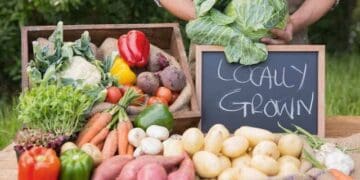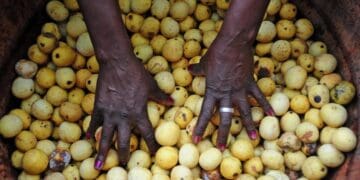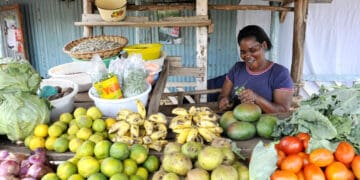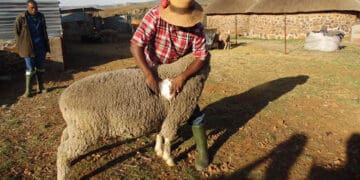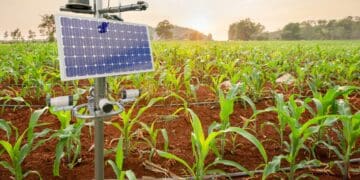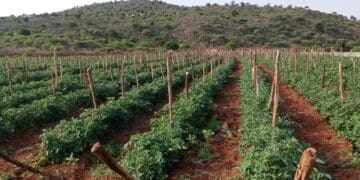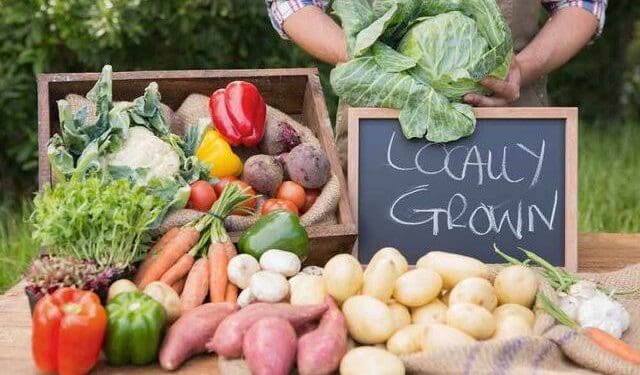South Africa’s small-scale farmers remain frustrated by the structure of the country’s fresh-produce markets, saying that high concentration and opaque trading practices continue to limit their ability to compete. Their concerns align with findings from the Competition Commission’s Fresh Produce Market Inquiry, which concluded that significant barriers still prevent emerging growers from accessing national trading platforms.
In its final report, the Commission stated that “features in the fresh produce value chain impede, restrict or distort competition” and that these barriers “disproportionately affect small-scale and historically disadvantaged farmers.” The inquiry found that a small group of large commercial producers supply most of the volumes sold at major markets, leaving limited space for smaller growers.
The National Agricultural Marketing Council’s latest Smallholder Market Access Estimates support this picture. According to the council, more than 80 percent of smallholders who enter formal markets only manage to sell potatoes, tomatoes and onions. These are the three crops already dominated by established commercial farms, which means small farmers are forced to compete in categories where they have little leverage.
Building generational wealth through family businesses
Celebrating Five Years of Empowering SMMEs
An exclusive event for entrepreneurs
by Vutivi Business News
Farmers who produce leafy vegetables, herbs or niche crops often have no clear entry points because buyer demand within major markets remains narrowly focused on high-volume commodities. The dominance of four national markets, namely Johannesburg, Tshwane, Cape Town and Durban, further disadvantages rural and township growers who face long transport distances and higher logistics costs. Without predictable access to these hubs, many cannot scale.
Township farmer Kabelo Moeketsi said he has attempted to place his spinach and peppers at the Johannesburg market since 2022, but the response from agents has been the same each time.
“They tell me the quantities are too small or that they already have reliable suppliers,” he said. “I grow quality produce, but the door never seems to open.”
Another farmer, Nomvula Ntsieni from Tembisa, said informal outlets remain her only stable buyers.
“I sell to street traders and small restaurants because they take what I have. When you approach the big markets, you are told you must deliver the same size and big volumes every week. That is not possible without support,” she said.
The Competition Commission has recommended 31 reforms to improve access and transparency. These include clearer price information, expanded participation of market agents who work with small farmers, and revised procurement rules for buyers who prefer large commercial suppliers. The report also notes that emerging farmers need targeted assistance to diversify beyond the three dominant crops.
Agricultural economist Lwazi Mntambo said the recommendations are necessary but must be implemented with urgency.
“Market concentration has pushed small farmers to the margins. Unless barriers inside the markets are fixed, farmers will continue to produce for informal channels that do not offer growth,” he said.
For now, many small-scale growers still transport goods in small batches, negotiate one buyer at a time and absorb losses when they cannot sell. While these efforts keep township and rural food systems running, they cannot match the reach of South Africa’s major municipal markets. Producers say they need structural change and practical market pathways if they are to compete on equal terms and build sustainable businesses.
lazola@vutivibusiness.co.za


